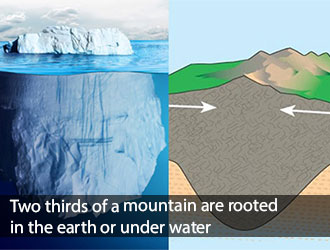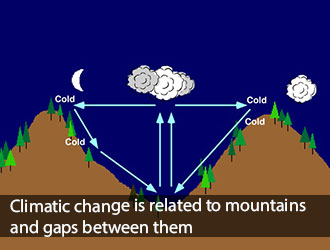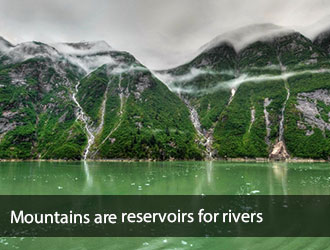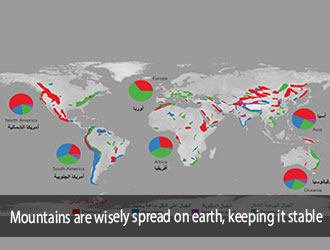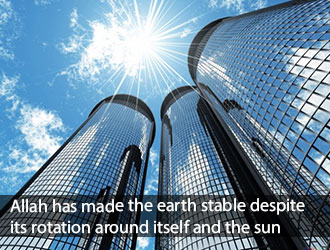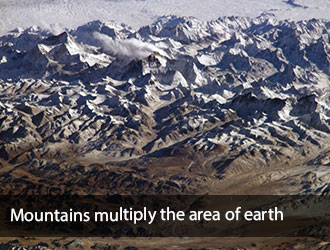- Scientific Topics
- /
- Scientific Topics from Friday Sermons
Praise be to Allah, Lord of the Worlds, and peace and blessings to our Master Muhammad, the Faithful and the Honest.  O Allah, we know nothing but what You teach us, You are the All- Knower, the Wise. O Allah our Lord, teach us what is useful for us, let us make use of what You have taught us and advance us in knowledge. O Allah, show us the righteous things as righteous and help us do them, and show us the bad things as bad and help us keep away from them. O Allah our Lord, make us amongst those who listen to the Word and follow the best meaning of It, and admit us, by Your Grace, to the ranks of Your righteous servants.
O Allah, we know nothing but what You teach us, You are the All- Knower, the Wise. O Allah our Lord, teach us what is useful for us, let us make use of what You have taught us and advance us in knowledge. O Allah, show us the righteous things as righteous and help us do them, and show us the bad things as bad and help us keep away from them. O Allah our Lord, make us amongst those who listen to the Word and follow the best meaning of It, and admit us, by Your Grace, to the ranks of Your righteous servants.
A call to ponder over Allah's Creation:
Dear believing brothers, Allah the Almighty says in the Noble Quran: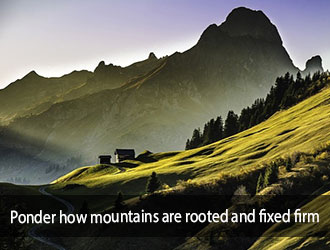
(Do they not look at the camels, how they are created?* And at the heaven, how it is raised?* And at the mountains, how they are rooted and fixed firm?)
In these Ayaat, we are asked to ponder over how the mountains are rooted and fixed firm.
Details of this invitation:
In a number of Ayaat in the Noble Quran Allah, Exalted and Sublime be He, refers to more details about the above-mentioned Ayah concerning mountains. Allah the Almighty says:
(Have We not made the earth as a bed* And the mountains as pegs?)
A mountain is but a peg, two thirds of which are rooted in the various layers of the crust of the earth, which are not drifted by the earth's movement thanks to mountains that fix them together just like pegs.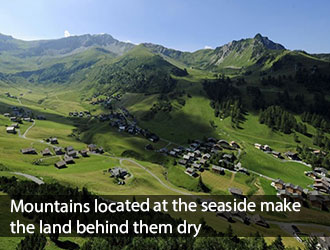
(Have We not made the earth as a bed* And the mountains as pegs?)
(And the mountains He has fixed firmly* (To be) a provision and benefit for you and your cattle.)
The third meaning can be included in the following Ayah:
(And Allah has made for you out of that which He has created shades, and has made for you places of refuge in the mountains…)
(And Allah has made for you out of that which He has created shades, and has made for you places of refuge in the mountains…)
Climatic change is related to mountains and the gaps between them, because they stand firm in the face of the winds and stop them.
The fourth meaning: Allah the Almighty says:
(And it is He Who spread out the earth, and placed therein firm mountains and rivers.)
The relationship between rivers and mountains is that mountains are reservoirs for rivers. Concerning this point, Allah the Almighty says:
(And it is He Who spread out the earth, and placed therein firm mountains and rivers.)
The fifth meaning: Allah the Almighty says:
(And He has affixed into the earth mountains standing firm…)
While moving around itself and around the sun, the earth is apt to shake and be unstable, but since mountains are spread wisely, on its surface, this makes it stable while revolving around the sun and itself. This is exactly the meaning of Allah's Words:
(Is not He (better than your gods) Who has made the earth as a fixed abode…)
The sixth meaning: Allah the Almighty says:
(Is not He (better than your gods) Who has made the earth as a fixed abode, and has placed rivers in its midst, and has placed firm mountains therein, and has set a barrier between the two seas (of salt and sweet water)…)
(Is not He (better than your gods) Who has made the earth as a fixed abode, and has placed rivers in its midst, and has placed firm mountains therein, and has set a barrier between the two seas (of salt and sweet water)…)
One more thing: Allah the Almighty says:
(And have placed therein firm, and tall mountains; and have given you to drink sweet water?)
(Do they not look at the camels, how they are created?* And at the heaven, how it is raised?* And at the mountains, how they are rooted and fixed firm?)

